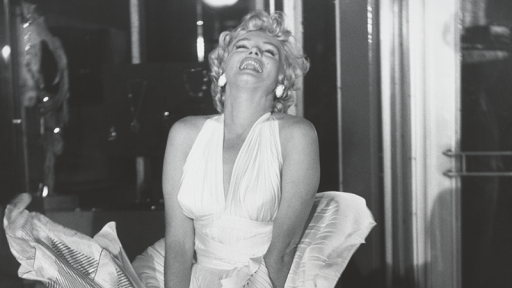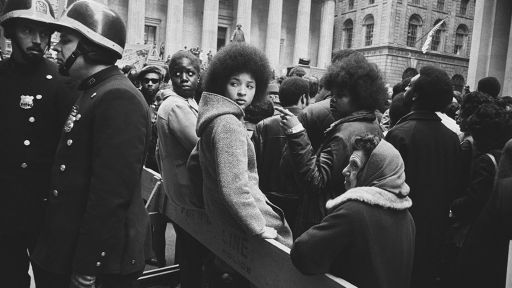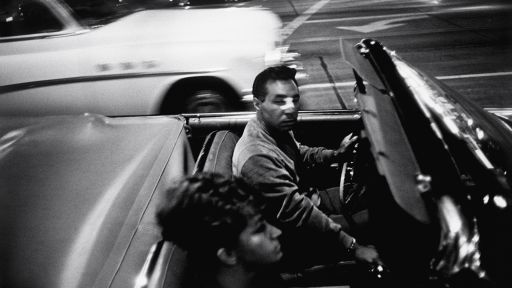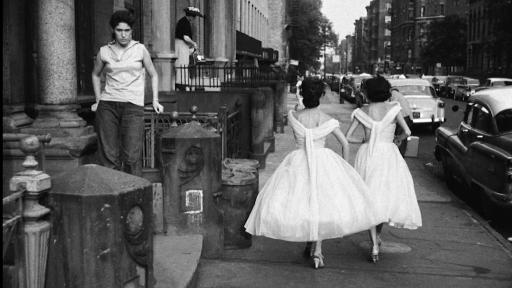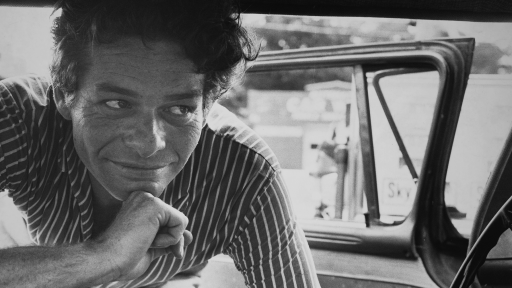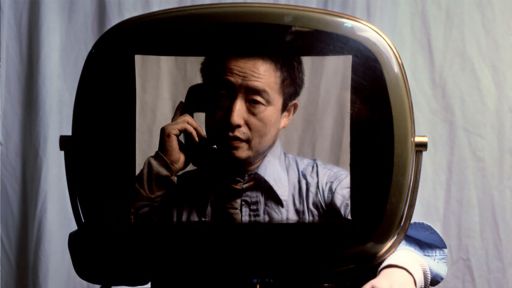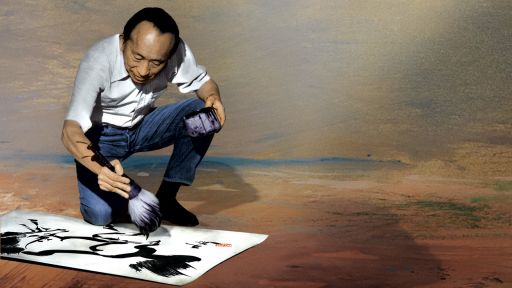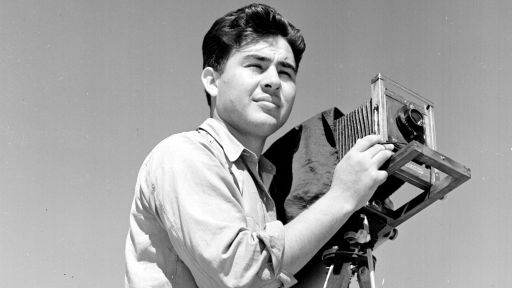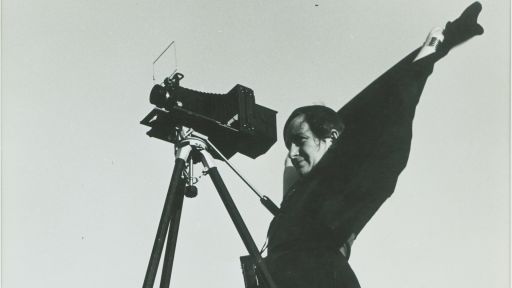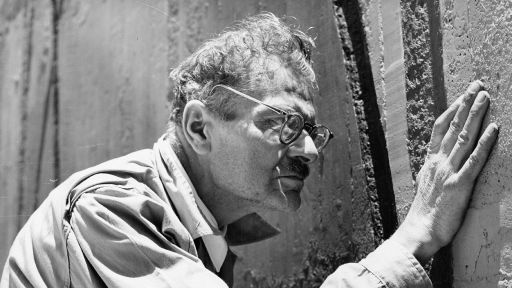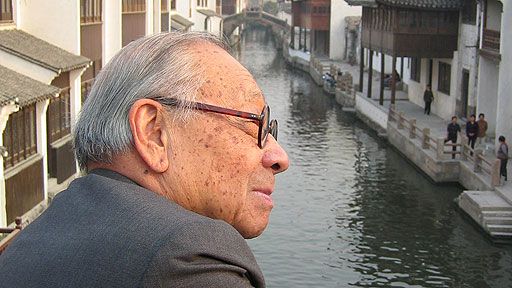Decades before digital technology transformed how we make and see pictures, Garry Winogrand made over 1 million of them with his 35mm Leica camera, creating an encyclopedic portrait of America from the late 1950s to the early 1980s in the process. When he died suddenly at age 56, Winogrand left behind more than 10,000 rolls of film – more than a quarter of a million pictures. These images capture a bygone era: the New York of Mad Men, the early years of the Women’s Movement, the birth of American suburbs and the glamour and alienation of Hollywood. He produced so many unseen images that it has taken until now for the full measure of his artistic legacy to emerge. Garry Winogrand: All Things are Photographable is the first cinematic survey of that legacy. With unprecedented access to Winogrand’s estate and the cooperation of his gallery, the film tells the story of an artist whose rise and fall was – like America’s in the late decades of the 20th century – larger-than-life, full of contradictions and totally unresolved.
In addition to hundreds of iconic photographs, filmmaker Sasha Waters Freyer makes ample use of Winogrand’s previously unseen 8mm color home movies of his parents, three wives and children, plus the wealth of footage created as he roamed city streets and attended 1960s protests. The film also features newly discovered audio cassette tapes of Winogrand, which are the only un-staged media of the artist in existence. These cassette tapes capture conversations with an old friend, recorded in a forgotten Texas diner, about ex-wives, parents, children, sex, students, and the meaning and making of art. Following his first solo exhibition at the Museum of Modern Art in New York in 1969, Winogrand’s work has since been exhibited at museums and galleries across the country and around the world. Through his own words and images, Garry Winogrand: All Things are Photographable presents an intimate portrait of a man who both personified his era and transformed it.

